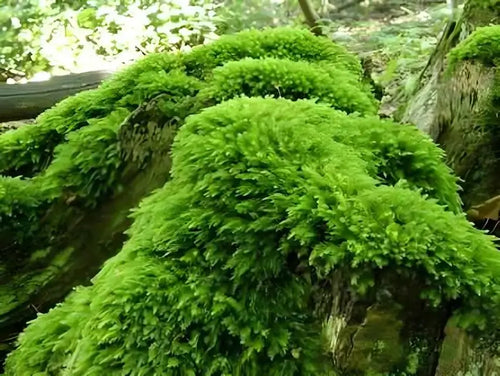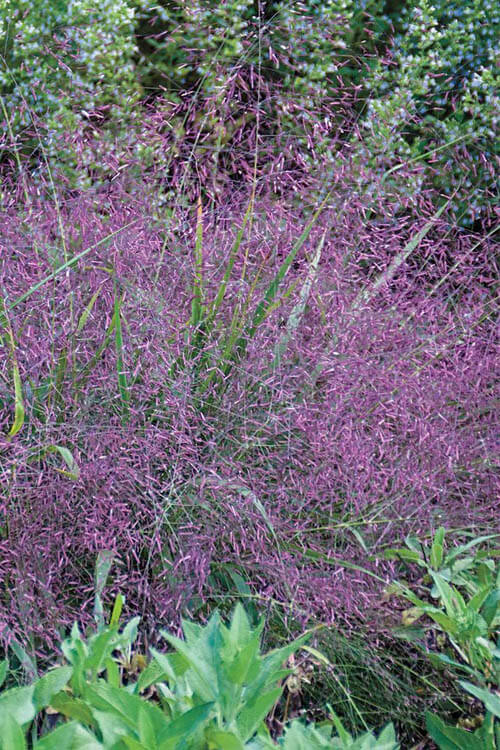Where To Get Moss For Your Shade Garden
You can transplant moss and other plants growing on other parts of your property to new areas. If you have friends or family growing in their yards, ask them if you can have some of it to transplant on your property. You can also find mosses at your local landscaping or plant nursery store. Always keep mosses moist until transplanting to the desired area.
Basic Growing Tips For Mosses
Mosses need just a few essential elements to thrive. They need shade, which holds moisture more consistently than areas exposed to the sun. They like acidic soil, with a pH of around 5.5.
- Remove weeds and grass from an area in a location that has shade for most of the day.
- Prepare the ground area with a rake to create a bed on which the plant can grow.
- Layout a piece of moss on the prepared area and gently tamp down. You may want to ensure the plants don't get displaced by placing a few rocks on them to secure them solidly.
- Water the newly set most generously.
- Fertilize with a fertilizer formulated for acid-loving plants.
- Keep the plants consistently moistened until they are established.
- Pull weeds and grass out of bed to prevent plants from being choked.
Growing Moss on Rock Walls, Bricks, or Clay Pots
The spread of moss along a wall or other garden object adds a picturesque quality to landscaping. If you want to grow mosses on these objects:
- Mix up a batch of 2 cups of buttermilk and about 1-1/2 cups of chopped moss.
- Blend thoroughly.
- Spread the buttermilk-plant mixture onto the object where you'd like the plants to grow.
- Keep the mixture moist for several weeks while it becomes established.
Choosing Mosses For Shade Gardens
Some mosses grow horizontally. Others grow vertically. Your choice depends on how you want to use it in your landscape design.
- Fern moss, Thuidium delicatulum, is a fast-growing variety with a defined "fern leaf" shape used to cover rocks and walls.
- American Tree Moss, Climacium americanum, spreads along the ground through rhizomes. It gets its name from resembling tiny clumps of trees. It can be used in semi-shaded areas and areas that experience occasional standing rainwater.
- Mood moss, Dicranum scoparium, grows in thick clumps of vibrant green color. You can use it for rock gardens, floral arrangements, and terrariums. It gets its name from changes in its appearance when growing conditions are not ideal. It is one of the slower-growing types.
- Shiny Seductive Moss, the Entodon seductress, is a short, fast-growing moss that spreads close to the ground. Unlike many mosses, they can be grown in entire sun areas. It can be used as ground cover for rock walls or green roofs.



















































